The natural world is full of incredible biodiversity, but unfortunately, many species face the threat of extinction due to habitat loss, climate change, poaching, and other human activities. While some animals, like tigers and pandas, are widely known as endangered, there are countless others that receive far less attention but are equally in need of conservation efforts. Here are ten critically endangered animals you might not know about, along with insights into their plight and the steps being taken to save them.
1. Vaquita (Phocoena sinus)
The vaquita is the world’s rarest marine mammal, with fewer than 10 individuals estimated to remain in the wild. These small porpoises are found only in the northern part of the Gulf of California, Mexico.
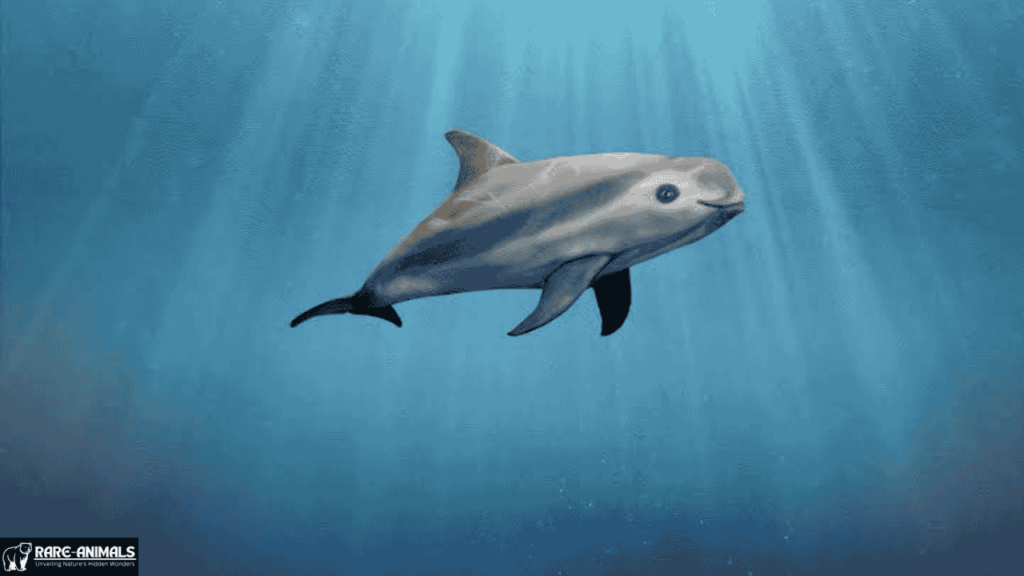
Key Facts:
| Feature | Details |
|---|---|
| Habitat | Shallow waters of the Gulf of California |
| Population Estimate | Fewer than 10 |
| Threats | Bycatch in illegal fishing nets |
Conservation Efforts:
Efforts include the removal of gillnets from vaquita habitats and increased patrols to prevent illegal fishing. Despite these efforts, their population remains critically low.
2. Axolotl (Ambystoma mexicanum)
Known as the “walking fish,” the axolotl is actually a type of amphibian. Found only in lakes around Mexico City, it is a symbol of Mexican culture and biodiversity.
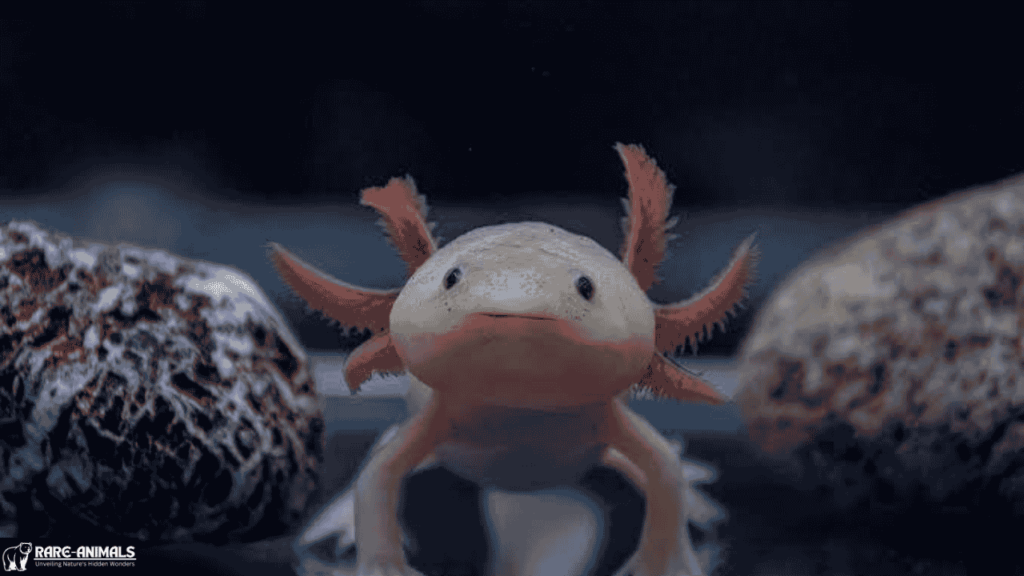
Key Facts:
| Feature | Details |
| Habitat | Freshwater lakes and canals |
| Population Estimate | Unknown in the wild; thriving in captivity |
| Threats | Habitat destruction and pollution |
Conservation Efforts:
Scientists and conservationists are working to restore the axolotl’s natural habitat while maintaining captive breeding programs to ensure their survival.
3. Pygmy Three-Toed Sloth (Bradypus pygmaeus)
The pygmy three-toed sloth is a small, slow-moving mammal found only on Isla Escudo de Veraguas, a tiny island off the coast of Panama.
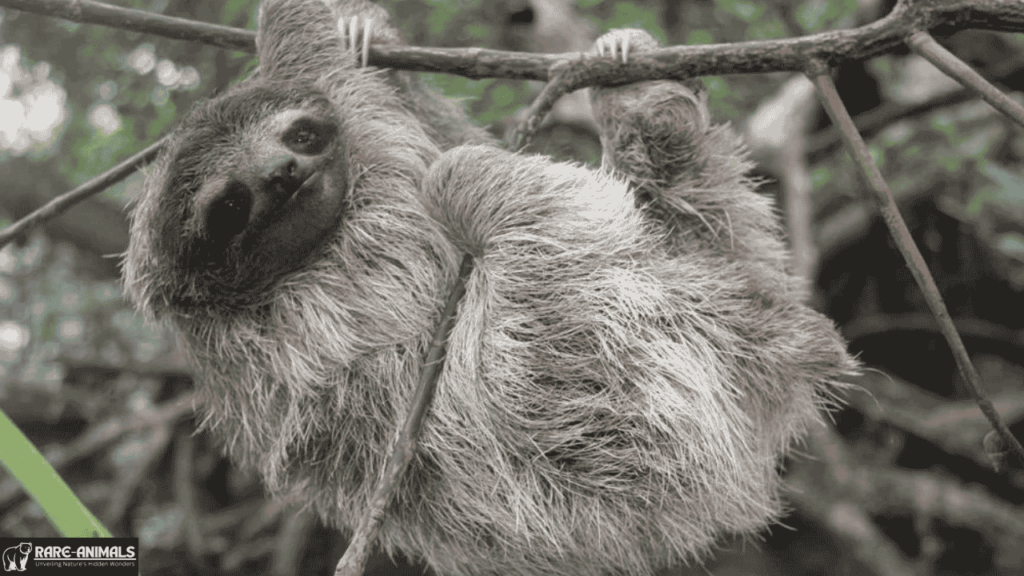
Key Facts:
| Feature | Details |
| Habitat | Mangrove forests |
| Population Estimate | Fewer than 100 individuals |
| Threats | Habitat loss and human encroachment |
Conservation Efforts:
Protected areas have been established on the island, but stricter enforcement and awareness campaigns are needed to ensure the sloth’s survival.
4. Kakapo (Strigops habroptilus)
The kakapo is a nocturnal, flightless parrot native to New Zealand. Once widespread, its numbers have dwindled due to predation by introduced species like rats and cats.
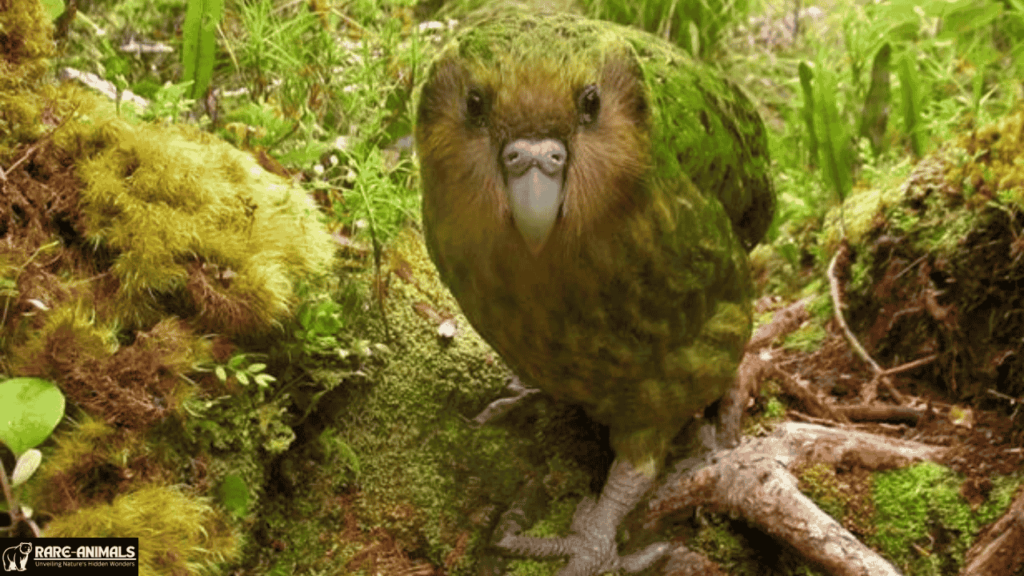
Key Facts:
| Feature | Details |
| Habitat | Forests of predator-free islands |
| Population Estimate | About 250 individuals |
| Threats | Predation and low reproductive rates |
Conservation Efforts:
New Zealand’s Kakapo Recovery Program focuses on predator control, habitat protection, and assisted breeding to grow the population.
5. Saola (Pseudoryx nghetinhensis)
Often called the “Asian unicorn,” the saola is an elusive antelope-like creature discovered in the Annamite Mountains of Laos and Vietnam in 1992.
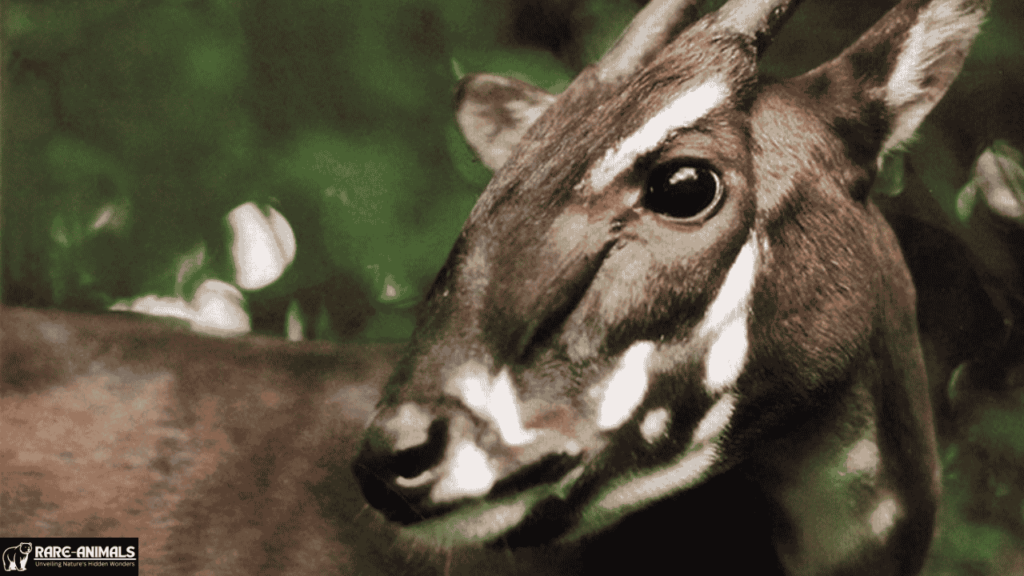
Key Facts:
| Feature | Details |
| Habitat | Dense forests of the Annamite Mountains |
| Population Estimate | Unknown but critically low |
| Threats | Poaching and habitat destruction |
Conservation Efforts:
The Saola Working Group is collaborating with local governments to establish protected areas and combat poaching.
6. Yangtze Giant Softshell Turtle (Rafetus swinhoei)
The Yangtze giant softshell turtle is the world’s most endangered turtle species, with only a few individuals known to exist.
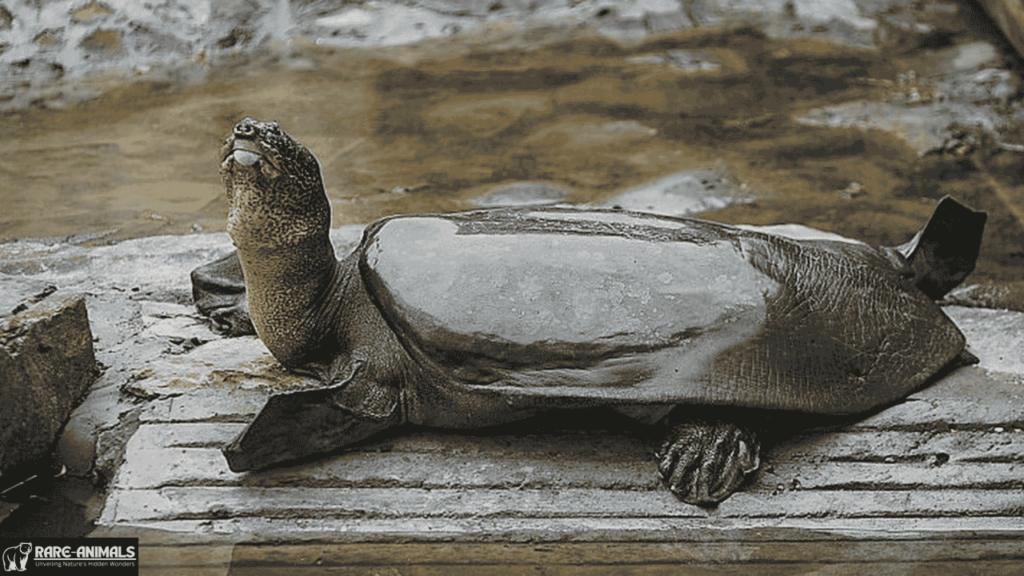
Key Facts:
| Feature | Details |
| Habitat | Rivers and lakes in China and Vietnam |
| Population Estimate | Less than 5 individuals |
| Threats | Habitat loss and pollution |
Conservation Efforts:
Conservationists are searching for additional individuals in the wild while attempting to breed the remaining turtles in captivity.
7. Gooty Sapphire Tarantula (Poecilotheria metallica)
This vividly colored tarantula is native to a small forested area in India and is highly sought after in the exotic pet trade.
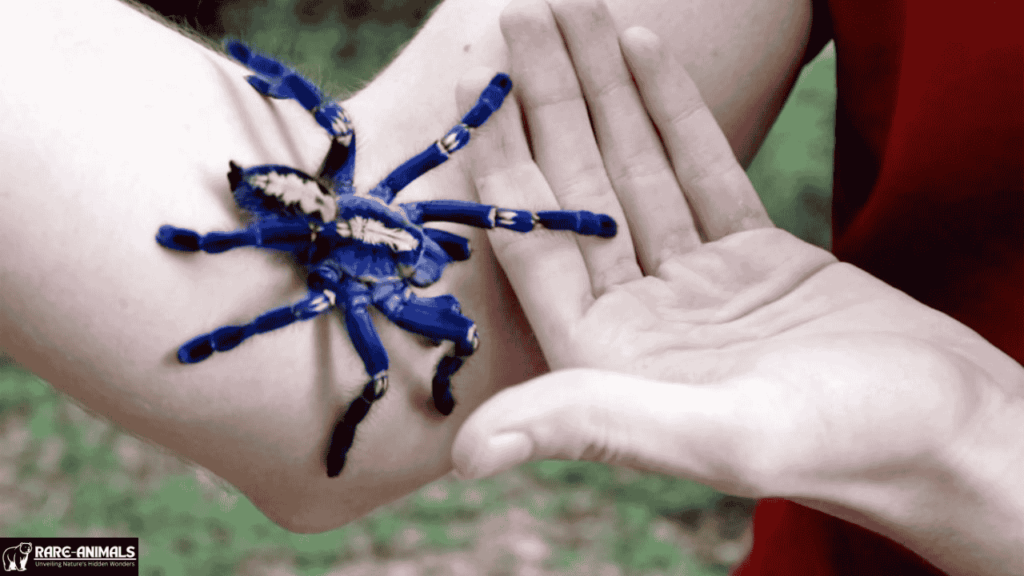
Key Facts:
| Feature | Details |
| Habitat | Deciduous forests |
| Population Estimate | Unknown |
| Threats | Habitat loss and poaching |
Conservation Efforts:
Conservation organizations are working to protect its habitat and regulate the pet trade to ensure this species’ survival.
8. Hainan Gibbon (Nomascus hainanus)
The Hainan gibbon is the world’s rarest primate, found only on China’s Hainan Island.
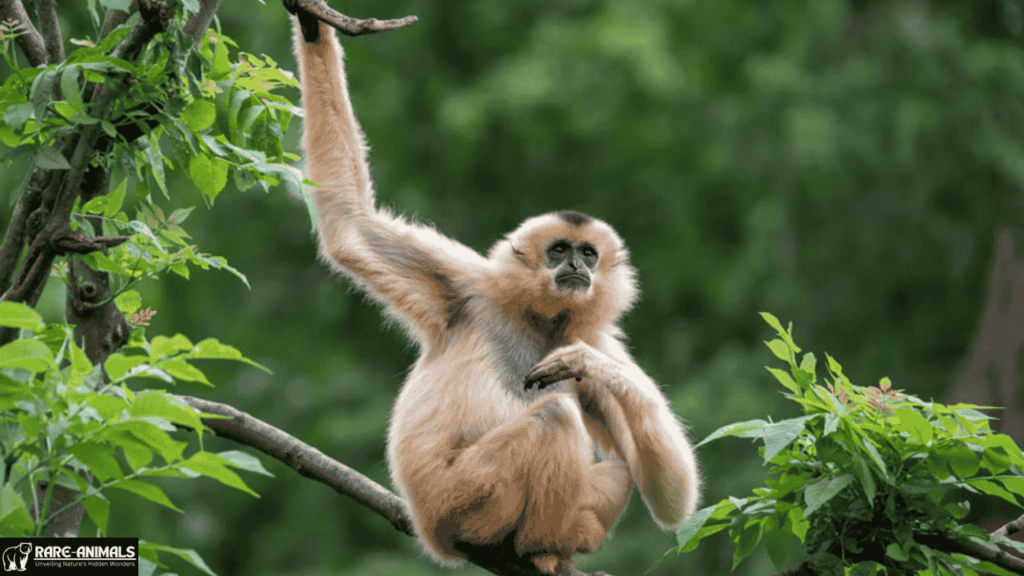
Key Facts:
| Feature | Details |
| Habitat | Tropical forests on Hainan Island |
| Population Estimate | About 36 individuals |
| Threats | Habitat destruction and fragmentation |
Conservation Efforts:
China has established nature reserves and reforestation programs to protect the gibbons and their habitat.
9. Javan Rhino (Rhinoceros sondaicus)
The Javan rhino is one of the most endangered large mammals, with its entire population confined to Ujung Kulon National Park in Indonesia.
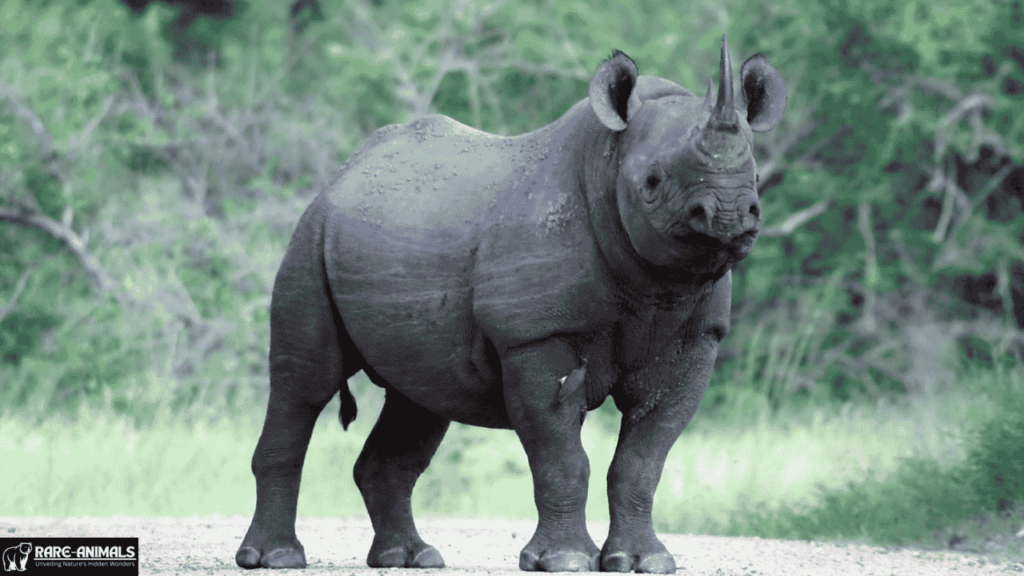
Key Facts:
| Feature | Details |
| Habitat | Tropical rainforests |
| Population Estimate | About 80 individuals |
| Threats | Habitat loss and poaching |
Conservation Efforts:
Strict protection measures in Ujung Kulon have helped stabilize the population, but expanding their habitat is critical for long-term survival.
10. Pygmy Hog (Porcula salvania)
The pygmy hog is the smallest and one of the rarest pig species, found in the grasslands of Assam, India.
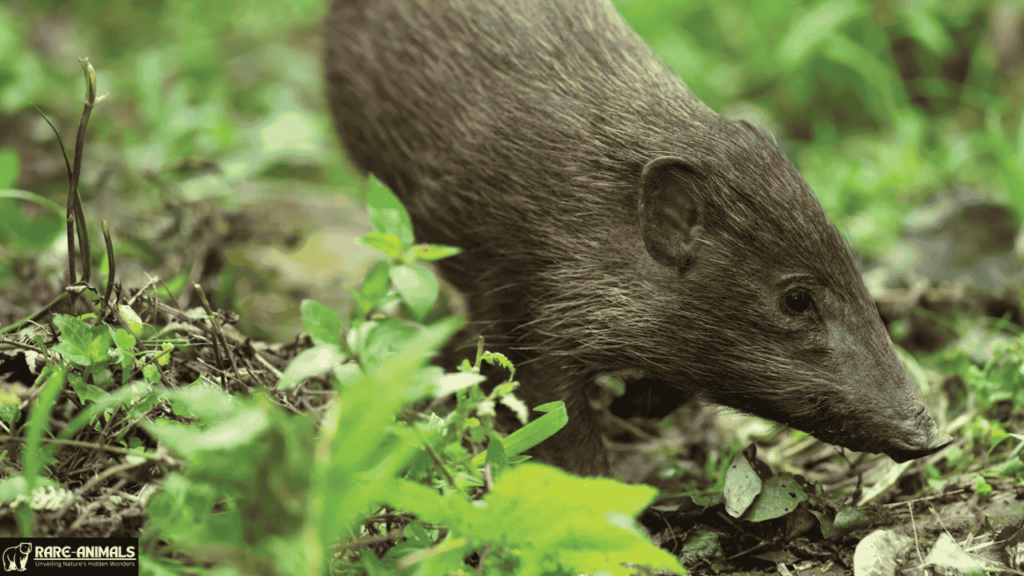
Key Facts:
| Feature | Details |
| Habitat | Tall, wet grasslands |
| Population Estimate | Around 250 individuals |
| Threats | Habitat destruction and agriculture |
Conservation Efforts:
Captive breeding and reintroduction programs have been successful in increasing the population, but preserving their grassland habitat is vital.
Conclusion
The plight of these critically endangered animals highlights the urgent need for conservation efforts worldwide. By raising awareness, supporting habitat protection, and combating poaching, we can help ensure the survival of these unique species for future generations. Everyone has a role to play in protecting the planet’s biodiversity—whether through donations, advocacy, or sustainable living.
FAQs
What does “critically endangered” mean?
Critically endangered is the highest risk category assigned by the IUCN Red List. It means a species faces an extremely high risk of extinction in the wild.
Why are these animals critically endangered?
Factors include habitat loss, poaching, pollution, climate change, and competition with invasive species.
How can I help protect endangered species?
You can support conservation organizations, avoid buying products made from endangered species, reduce your ecological footprint, and raise awareness.
Are there success stories of species recovering from critical endangerment?
Yes, species like the giant panda and California condor have shown significant recovery due to concerted conservation efforts.
Why is biodiversity important?
Biodiversity ensures ecosystem stability, provides resources for survival, and maintains the balance of natural processes essential to life on Earth.

Alveena is an experienced content writer with a knack for crafting engaging and insightful pieces. She thrives on breaking down complex ideas and presenting them as clear, captivating content that resonates with readers.

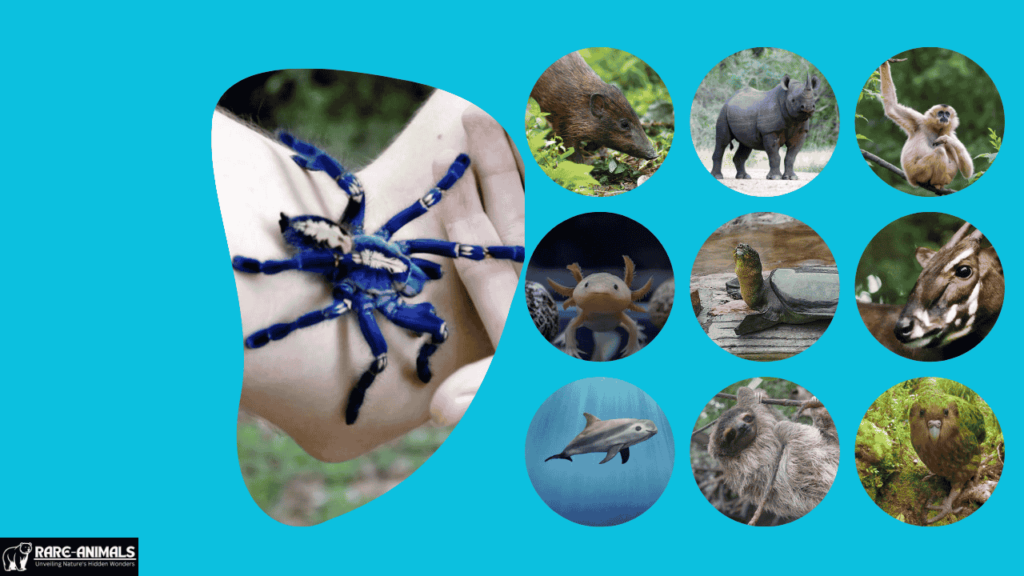
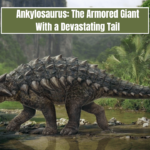
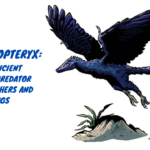

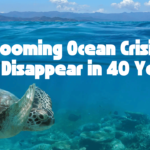
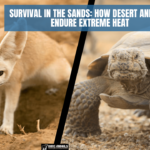

10 thoughts on “10 Critically Endangered Animals”